Boosting Data Insights with a Corporate Knowledge Base
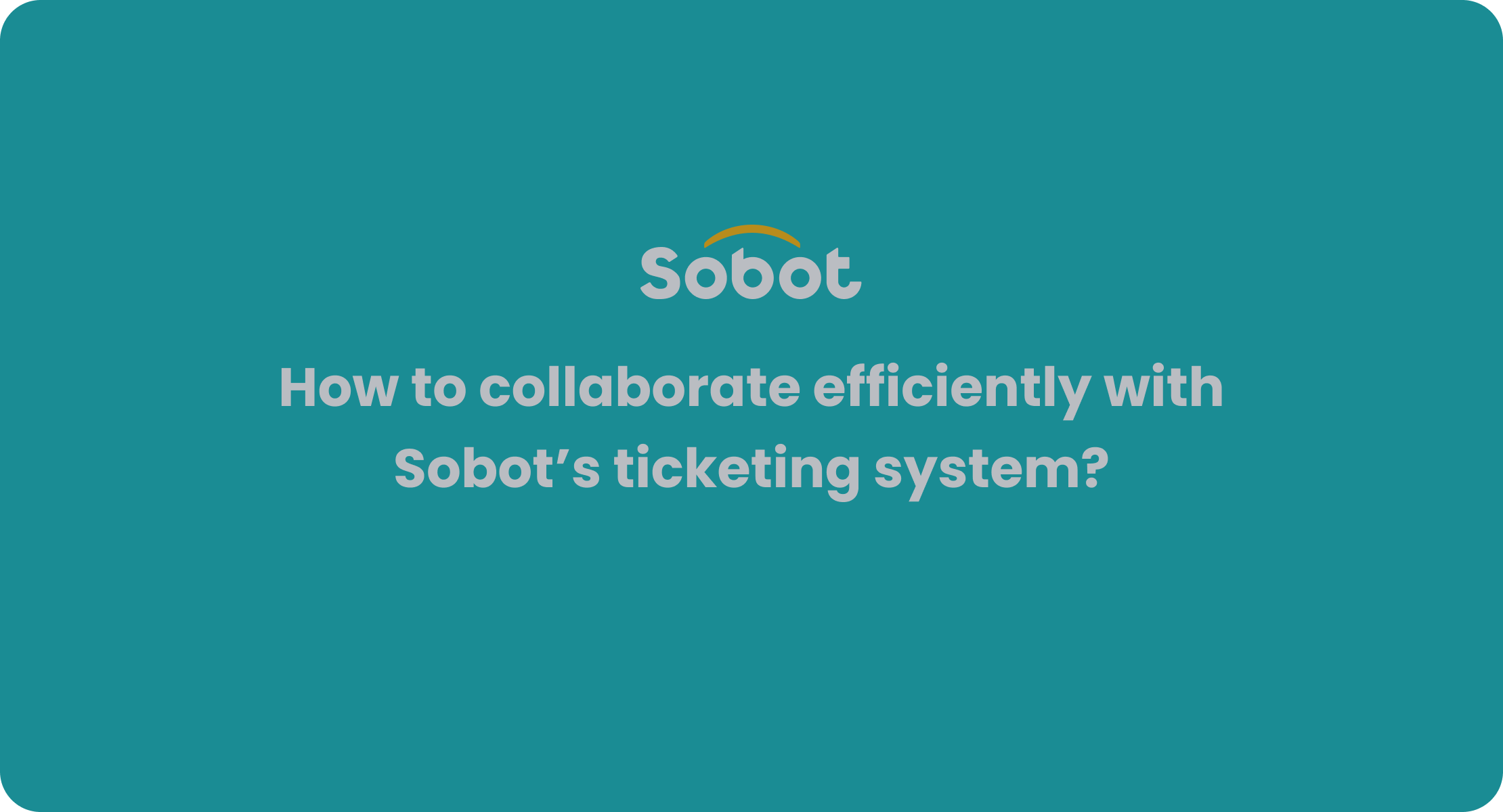
A corporate knowledge base transforms how an organization manages knowledge. Teams use a knowledge base to collect, organize, and share information across every department. When employees access a single source of information, they gain deeper insights and support better decision-making. The organization’s knowledge base connects people with the right information, allowing for faster responses and improved decision outcomes. Sobot AI powers the Sobot call center, making knowledge easy to find and use. With a strong foundation of knowledge, organizations unlock information that drives smarter decisions and business growth. Every piece of knowledge in the knowledge base adds value by making information and knowledge accessible for everyone in the organization.
Corporate Knowledge Base Overview
Key Components
A corporate knowledge base serves as the backbone for managing information within an organization. Teams rely on this system to store, organize, and retrieve knowledge efficiently. The most effective knowledge bases share several core components:
- Documentation: Step-by-step instructions, tutorials, FAQs, and real-world examples help users understand processes and solve problems.
- Search feature: A robust search function allows employees to find relevant information quickly, using keywords or natural language queries.
- User interface: A clear, logical layout with easy navigation ensures that users can access information without confusion.
- Analytics: Usage analytics track how employees interact with the knowledge base, highlighting popular articles and identifying gaps in information.
- Content management: Tools for adding, editing, deleting, categorizing, and organizing articles, documents, and media keep the knowledge base current.
- Structure: Organized categories and subcategories make information retrieval straightforward.
- Knowledge base tools: Features like tagging, AI-generated content, and automation streamline knowledge management.
- Accessibility: Role-based access controls ensure that sensitive information remains secure while allowing broad access to general knowledge.
Organizations often face challenges such as resistance to change, information overload, and maintaining up-to-date knowledge. Clear processes, leadership support, and user-friendly platforms help overcome these obstacles and promote effective knowledge sharing.
Sobot’s Approach
Sobot takes a unique approach to building and managing a corporate knowledge base. The company’s all-in-one contact center solution integrates every communication channel, making information accessible across the organization. Sobot’s AI-First strategy, launched in 2024, features a multi-faceted AI system that supports customers, agents, and administrators. The AI agent learns from the knowledge base to deliver accurate, humanized service. AI Copilot assists agents by suggesting replies and summarizing information, while AI Insight provides administrators with detailed dashboards for data-driven decision-making.
Sobot’s platform leverages advanced language models to enhance knowledge decomposition, retrieval, and response composition. The system includes value-added services, such as a dedicated knowledge operation team that helps organizations build and optimize their knowledge base, workflows, and content structure. This hands-on support ensures that information remains current and relevant.
The Sobot Ticketing System further streamlines knowledge management by unifying email, voicemail, and chat into a single platform. Automated ticket creation, routing, and SLA management reduce manual effort and improve productivity. The system’s analytics and smart notifications help organizations monitor performance and identify areas for improvement.
Sobot’s approach delivers measurable results. For example, OPPO, a global smart device leader, partnered with Sobot to optimize its knowledge base and integrate customer service channels. This collaboration reduced maintenance efforts by 90% and achieved an 83% chatbot resolution rate, a 94% positive feedback rate, and a 57% increase in repurchase rate. These outcomes demonstrate the value of a well-structured knowledge base in driving operational efficiency and customer satisfaction.
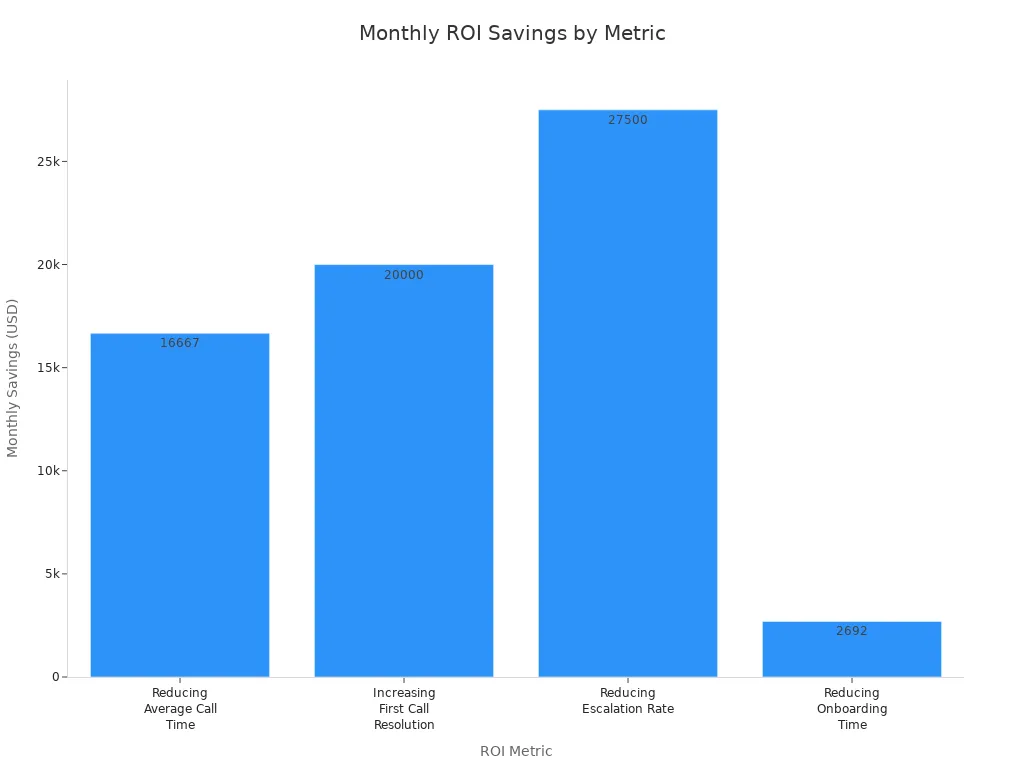
A corporate knowledge base, when powered by advanced AI and integrated solutions like Sobot, transforms how organizations manage information, unlock data insights, and foster a culture of knowledge sharing.
Data Accessibility and Organization
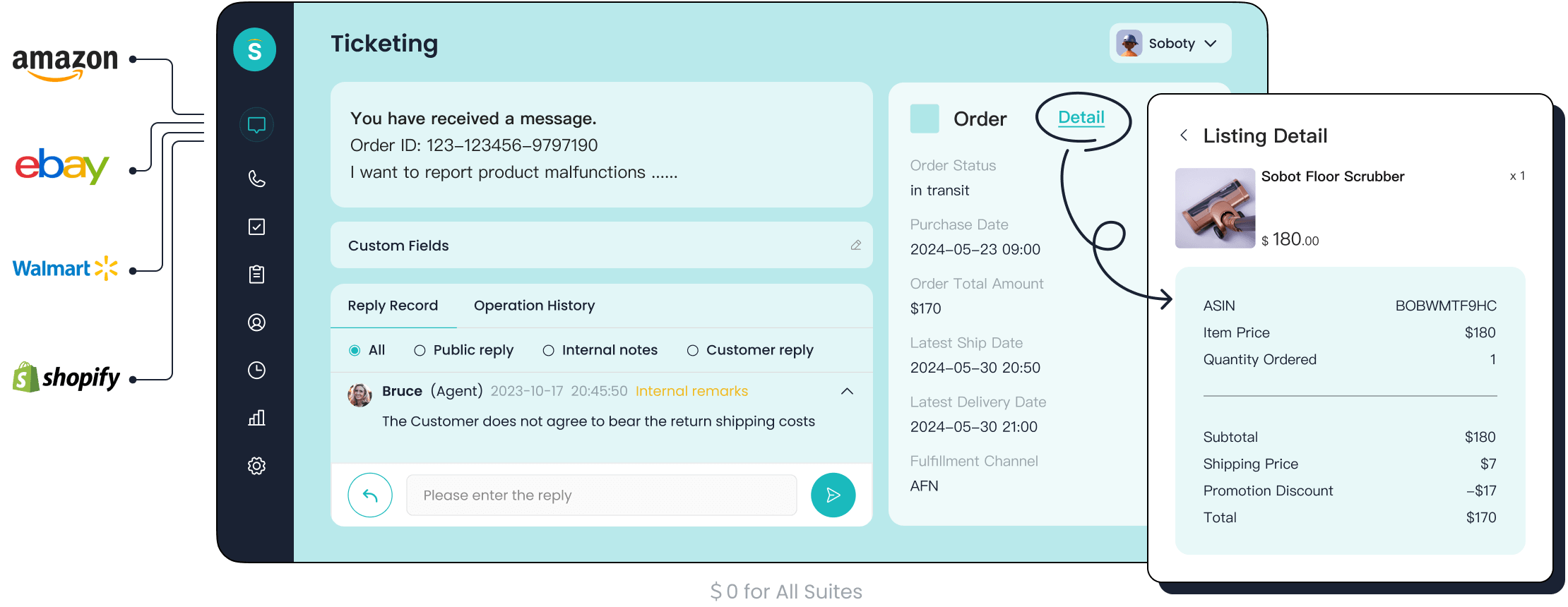
Centralized Information
Organizations rely on a knowledge base to centralize information and streamline access to data. When teams use a single platform, they eliminate data silos and reduce inefficiencies. Employees find the information they need without searching multiple sources. This approach supports structured data retrieval, making every search faster and more accurate.
A centralized knowledge base offers several advantages:
- Users access all relevant information from one entry point. This reduces the time and effort needed to find critical data.
- The knowledge base serves as the authoritative source. Teams work with consistent and accurate information, minimizing errors.
- Centralization improves data governance. Administrators monitor access, track usage, and enforce compliance with regulations.
- Collaboration becomes easier. Departments share knowledge and insights through a unified platform.
For example, OPPO integrated its customer service channels and business systems into a single knowledge base. This move eliminated fragmented data sources and improved information accessibility. Agents retrieved knowledge quickly, which led to faster customer responses and higher satisfaction rates.
A well-structured knowledge base supports decision-making by providing verified data. Employees use the search feature to locate information, ensuring they base decisions on the latest knowledge. The platform’s organization allows users to filter, categorize, and tag information for efficient retrieval. Teams benefit from analytics that highlight popular articles and identify gaps in the knowledge base.
Tip: Regularly update the knowledge base to maintain data accuracy and relevance. Assign roles for content management to ensure information stays current.
Centralized information also enhances security. Role-based access controls protect sensitive data while allowing broad access to general knowledge. This balance supports compliance and builds trust within the organization.
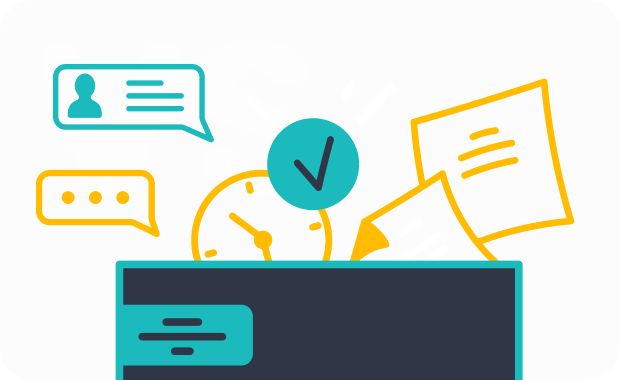
Sobot Ticketing System Integration
Sobot’s Ticketing System transforms how organizations manage data and information. The system unifies email, voicemail, chat, and e-commerce platforms into one workspace. Agents handle tickets from all channels without switching between tools. This integration streamlines knowledge management and improves operational efficiency.
The Ticketing System leverages AI to automate ticket creation, routing, and response. Agents receive tickets based on custom triggers, ensuring the right person addresses each issue. The knowledge base connects directly to the ticketing platform, allowing agents to access relevant information during every interaction. This connection supports structured data retrieval and enhances the quality of customer service.
Key features of Sobot’s Ticketing System include:
- Unified handling across channels: Agents manage tickets from email, chat, and voicemail in one place.
- Automatic assignment: The system routes tickets using AI and custom rules.
- SLA management: Administrators set response and resolution times based on priority and channel.
- Trusted analytics: The platform provides data on ticket status, agent performance, and customer feedback.
- Multilingual support: Customers submit tickets in their preferred language, and agents access translated information.
OPPO’s experience with Sobot demonstrates the impact of ticketing system integration. During peak shopping periods, OPPO faced high volumes of customer inquiries. Sobot’s Ticketing System and knowledge base worked together to automate responses and route complex issues to human agents. This approach reduced maintenance efforts by 90% and improved data accessibility. OPPO achieved an 83% chatbot resolution rate and a 94% positive feedback rate, showing how integrated systems drive better outcomes.
The Ticketing System’s analytics help organizations monitor data usage and identify trends. Managers use these insights to optimize workflows and improve knowledge base content. Smart notifications alert agents to new tickets and updates, ensuring timely responses.
Note: Integrating the knowledge base with the Ticketing System supports continuous improvement. Analytics reveal gaps in information, guiding updates and training.
Sobot’s Ticketing System also supports API integration. Businesses connect external data sources and platforms, expanding the reach of their knowledge base. The API enables seamless communication between systems, ensuring agents access the most current information.
A robust search feature within the Ticketing System allows agents to locate knowledge articles, customer histories, and ticket templates. This capability reduces response times and improves service quality. The platform’s design prioritizes ease of use, making information accessible to every team member.
Centralizing data and integrating the knowledge base with ticketing systems empowers organizations to deliver consistent, high-quality service. Employees rely on accurate information and efficient workflows, supporting better decision-making and driving business growth.
AI-Driven Knowledge Base
Automation Benefits
An ai-driven knowledge base transforms how organizations manage and use data. Automation brings instant answers to technical and product-related questions, reducing wait times for customers. AI assistants work around the clock, providing 24/7 support and ensuring users always have access to the knowledge base. These systems personalize customer experiences by tracking user behavior and tailoring responses to individual needs.
- AI chatbots and virtual assistants handle common queries using natural language processing.
- Automated ticketing systems organize and route support tickets, reducing human error and speeding up response times.
- Interactive Voice Response (IVR) software directs calls and answers FAQs, easing the workload for agents.
- Automatic translation features enable real-time multilingual support, making the knowledge base accessible to global users.
- Automated notifications and feedback surveys keep customers engaged and help teams avoid missed tasks.
The ai-driven knowledge base also reduces manual maintenance. AI updates data and routes tickets automatically, minimizing human errors. These systems synthesize information from multiple sources, delivering comprehensive answers and reducing user effort. Automation saves time and resources, allowing agents to focus on complex data analysis and higher-level decision-making.
Enhanced Analytics
Analytics play a crucial role in an ai-driven knowledge base. AI uses natural language processing and machine learning to interpret vast amounts of data, making knowledge discovery faster and more accurate. These systems analyze user queries and deliver precise answers, supporting efficient decision-making.
- AI-driven knowledge bases centralize and connect data, creating a single source of truth for the organization.
- They use advanced technologies to recognize patterns and provide insights beyond manual capabilities.
- These platforms analyze historical and real-time data, predicting trends and uncovering new opportunities.
- AI automates routine tasks and enhances search functionality, improving operational efficiency.
- Continuous learning from user interactions refines analytics, accelerating data-driven decision-making.
Unlike traditional systems, an ai-driven knowledge base adapts and improves over time. It breaks down complex data analysis into manageable units, identifies patterns, and refines search results. This dynamic approach enables real-time, relevant answers and supports enterprise-grade data analysis. Organizations benefit from consistent, accurate information delivery, which builds trust and improves decision-making.
The knowledge base supports financial data analysis by providing up-to-date, reliable information. Enhanced analytics help teams identify gaps, optimize workflows, and drive innovation. By integrating with other AI systems, the knowledge base creates a comprehensive analytics ecosystem that supports proactive responses to market changes and customer needs.
Implementation Steps
Data Identification
Organizations begin building a knowledge base by identifying critical data assets. Teams analyze usage patterns, focusing on information accessed by executives and used in regulatory reporting. They map business-critical data models and their dependencies to understand how knowledge flows through operations. Automation tools help tag and maintain definitions, ensuring consistency. Leaders define clear labels for criticality and prioritize data models with many downstream dependencies.
A recommended approach includes:
- Linking data elements to core business functions and strategic goals.
- Classifying data by importance and sensitivity, such as customer information and financial records.
- Assessing risks related to data loss or compliance failures.
- Ensuring regulatory compliance for frameworks like GDPR and HIPAA.
- Managing data throughout its lifecycle with security controls.
- Involving stakeholders from business, IT, and data ownership.
- Creating data maps to visualize flows and vulnerabilities.
- Maintaining data quality for accuracy and reliability.
- Documenting criteria and keeping an inventory of critical data elements.
- Reviewing and updating the list regularly to meet evolving needs.
Content Structuring
Teams maximize usability by structuring knowledge base content with a logical hierarchy. They organize information into clear categories and subcategories. Tags and filters help users narrow down relevant articles. Consistent naming conventions improve clarity. User-friendly titles and headings enhance readability. Powerful search capabilities enable users to find information quickly. Linking related articles supports seamless navigation. Multimedia elements, such as images and videos, clarify complex knowledge. Teams maintain and update content to ensure accuracy. Feedback from users drives continuous improvement. Accessibility increases when the knowledge base integrates across channels, including mobile apps and chatbots.
Integration with Sobot Solutions
Sobot streamlines knowledge base implementation with AI-powered management tools. The platform enables easy creation, organization, and updating of support content. Intelligent chatbots handle routine inquiries, freeing agents to address complex issues. Advanced search functionality helps users find information efficiently. Multi-channel and omnichannel support ensures a consistent experience across platforms. Customizable workflows and automation improve performance. Integration with CRM and business tools unifies customer service operations. Real-time analytics and sentiment analysis optimize support strategies. The visual bot builder allows rapid deployment and modification of chatbot flows. API integration connects external data sources, expanding the reach of the knowledge base.
OPPO’s experience highlights the impact of Sobot’s solutions. After deploying the knowledge base and ticketing system, OPPO achieved an 83% chatbot resolution rate and a 94% positive feedback rate. The company saw a 57% increase in repurchase rates, demonstrating improved customer loyalty and business performance. Sobot’s integration reduced maintenance efforts and enhanced data accessibility, supporting efficient knowledge management.
Tip: Regularly review and update the knowledge base to keep information current and relevant. Use analytics to identify gaps and improve content.
Benefits for Customer Service
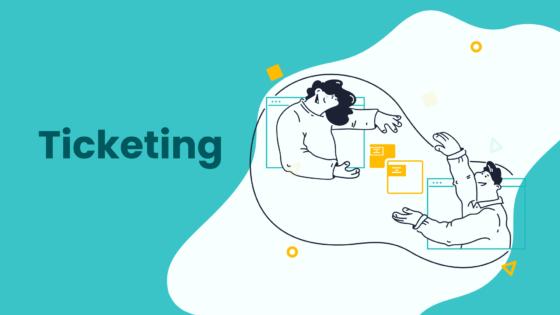
Faster Resolution
A corporate knowledge base accelerates customer support by providing instant access to relevant data. Agents resolve issues faster when they can search a centralized system for accurate information. Companies using knowledge articles report a 20–40% reduction in resolution time compared to teams without documentation. Unified knowledge management systems have led to a 65% decrease in average case resolution time. Sobot’s platform enhances this process by integrating all communication channels, allowing agents to retrieve data and respond quickly. Customers benefit from self-service options, finding answers without waiting for an agent. This approach improves the user experience and reduces the time spent on each support interaction.
Improved Satisfaction
Customer satisfaction rises when support teams use a well-structured knowledge base. Detailed and accurate data enables agents to deliver consistent answers, building trust with users. Self-service empowers customers to solve problems independently, which lowers support workload and increases engagement. Companies see higher first-contact resolution rates and a 25% boost in customer satisfaction scores. Sobot’s knowledge base supports personalized user experience by offering AI-driven suggestions and predictive search. Continuous updates based on feedback keep information relevant. OPPO’s story shows how integrating Sobot’s solutions led to a 94% positive feedback rate and a significant increase in repurchase rates, proving the impact on customer support quality.
Operational Efficiency
Operational efficiency improves as agents spend less time searching for information and more time assisting customers. Standardized processes and better compliance tracking become possible with centralized data. Training costs drop because new agents access all company knowledge in one place. Companies using omnichannel knowledge bases report a 17% reduction in average handle time and a 19% decrease in incoming calls. Sobot’s knowledge base increases agent efficiency by 30% and reduces labor costs. The table below highlights key improvements:
| Metric | Improvement |
|---|---|
| Agent efficiency | 30% increase |
| Customer satisfaction | Up to 97% |
| Support cost reduction | 40–60% within six months |
| First-contact resolution | 37% improvement |
A robust knowledge base supports scalable customer support, ensuring a seamless user experience as business grows. Self-service and data-driven insights help teams maintain high-quality service and adapt to changing needs.
Best Practices
Usability
A well-designed knowledge base makes information easy to find and use. Leading organizations focus on usability by adding visuals and interactive elements. Images, videos, and quizzes help users understand complex topics quickly. Clear navigation with categories, subtopics, and breadcrumbs guides users to the right place. A robust search function with auto-suggestions and filters speeds up information retrieval.
- User feedback tools, such as surveys and ratings, help teams improve content.
- Integration with chat clients and onboarding software gives seamless access to knowledge.
- Regular audits keep content accurate and relevant.
- Simple language and logical grouping make articles easy to read.
- AI-powered search features highlight important terms and work on any device.
The most effective knowledge bases follow the "five E's": effective, efficient, engaging, error tolerant, and easy to learn. These factors ensure users complete tasks with few mistakes and enjoy the experience.
Security
Protecting sensitive data in a knowledge base is essential. Organizations use data classification to focus protection on the most important information. Advanced encryption, such as AES 256-bit, secures data at rest and in transit.
- Access controls, including multi-factor authentication and role-based permissions, limit who can view or edit data.
- Regular security audits and monitoring detect unauthorized access.
- Data masking and anonymization protect privacy during sharing or analysis.
- Strong firewalls and password policies add extra layers of defense.
- Employee training reduces insider threats.
These measures keep data safe and build trust with users.
Compliance
Organizations must follow strict rules when managing data. The DAMA-DMBOK® framework helps companies set up strong governance and compliance practices. Leading organizations archive sensitive information with immutability and use AI-powered tools for monitoring.
- Real-time monitoring and eDiscovery solutions support legal compliance.
- Consistent legal holds and auditing ensure secure data collection.
- Flexible deployment options help meet local and global laws.
Many industries require compliance with standards like GDPR, HIPAA, SOC 2, and ISO/IEC 27001. The table below shows how common and difficult these standards are:
| Compliance Standard | Description | Prevalence (out of 10) | Difficulty (out of 10) |
|---|---|---|---|
| SOC 2 | Information security maturity | 9 | 4 |
| ISO/IEC 27001 | Security management standard | 9 | 7 |
| HIPAA | Health data protection | 5 | 5 |
| GDPR | EU data privacy | 8 | 6 |
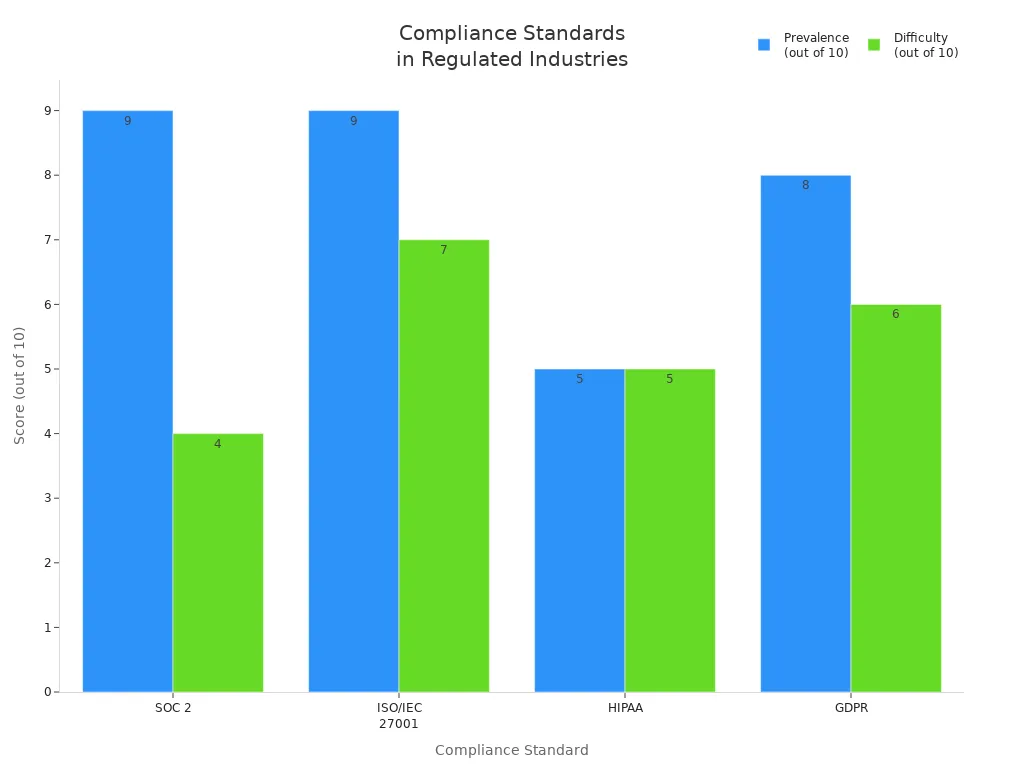
Tip: Regular training and automated tools help teams keep up with changing compliance needs.
A corporate knowledge base, especially with Sobot’s solutions, turns data into actionable insights for customer service teams. Sobot’s AI-powered platform reduces resolution times by up to 50% and cuts staffing needs during peak seasons. Long-term benefits include empowered teams, higher customer satisfaction, and sustained business growth. Companies see increased retention, lower churn, and improved customer lifetime value. Explore how Sobot’s knowledge base and Ticketing System can drive these results for your organization.
FAQ
What is a corporate knowledge base?
A corporate knowledge base is a centralized platform where organizations store, organize, and share information. Teams use it to access company policies, product details, and best practices. This system improves data insights and supports faster, more accurate customer service.
How does Sobot’s Ticketing System improve customer service?
Sobot’s Ticketing System unifies all communication channels. Agents manage tickets from email, chat, and voicemail in one place. The system uses AI to automate ticket routing and responses. This approach reduces response times and increases customer satisfaction.
Why is data accessibility important for business insights?
Data accessibility ensures employees find accurate information quickly. A knowledge base organizes data for easy retrieval. This structure helps teams make informed decisions, identify trends, and improve customer service. Companies gain better data insights and drive business growth.
Can Sobot’s knowledge base support multiple languages?
Yes. Sobot’s knowledge base and Ticketing System offer multilingual support. Customers submit tickets in their preferred language. Agents access translated information. This feature helps global teams deliver consistent customer service and maintain high satisfaction rates.
What results did OPPO achieve with Sobot’s solutions?
OPPO used Sobot’s knowledge base and Ticketing System to streamline customer service. The company achieved an 83% chatbot resolution rate, a 94% positive feedback rate, and a 57% increase in repurchase rate. These results show the value of integrated knowledge management.
See Also
Enhance SaaS Customer Service Using Live Chat Techniques
Around The Clock Live Chat Drives Business Growth
Best Ten AI Technologies For Enterprise Contact Centers
